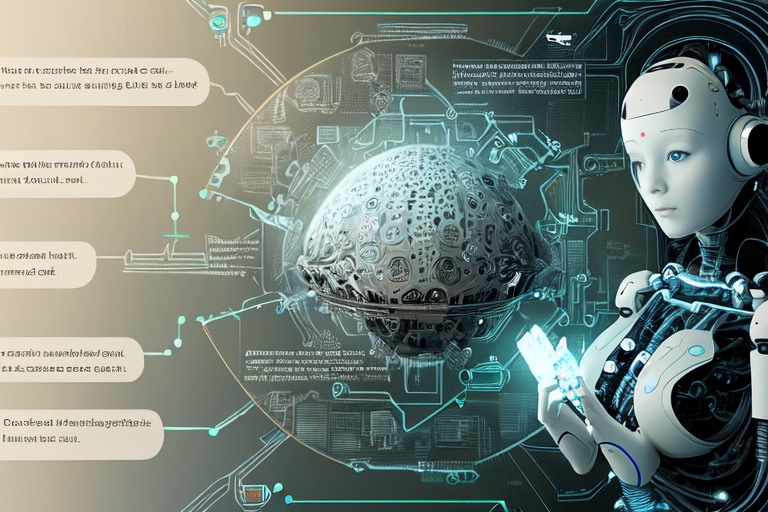Artificial intelligence (AI) is transforming the landscape of numerous industries, leveraging its unparalleled prowess in data processing, pattern identification, and the automation of mundane tasks. Yet, despite its remarkable capabilities, AI remains bound by its inherent limitations—especially in areas demanding creativity, independent thought, and the grasp of abstract concepts. In realms of scientific exploration and discovery, the singular role of human curiosity remains irreplaceable, serving as a catalyst for innovation and progress. This indispensable element of inquiry, when synergized with the analytical power of AI, paves the way for profound advancements in research endeavors.
Artificial intelligence (AI) is transforming the landscape of numerous industries, leveraging its unparalleled prowess in data processing, pattern identification, and the automation of mundane tasks. Yet, despite its remarkable capabilities, AI remains bound by its inherent limitations—especially in areas demanding creativity, independent thought, and the grasp of abstract concepts. In realms of scientific exploration and discovery, the singular role of human curiosity remains irreplaceable, serving as a catalyst for innovation and progress. This indispensable element of inquiry, when synergized with the analytical power of AI, paves the way for profound advancements in research endeavors.
Human Creativity and AI: A Synergistic Partnership
The essence of scientific inquiry lies in our inherent drive to understand the world around us—a drive that is intrinsically human. AI, though lightning-fast and incredibly efficient in handling complex calculations, lacks the nuance and originality of the human mind. Scientists' and researchers' creative thinking processes often lead to the formulation of groundbreaking hypotheses and novel experiment designs, elements that AI, in its current form, cannot initiate independently.
The Complementary Nature of AI in Scientific Research
Consider for a moment the sheer volume of data generated in scientific research. From genomic sequences to astronomical observations, the amount of information to sift through is staggering. AI excels in distilling this ocean of data into actionable insights. Through advanced algorithms, AI can detect subtle trends and patterns invisible to the human eye, transforming data into a powerful springboard for further inquiry and hypothesis generation.
Overcoming AI's Limitations through Human Insight
AI's shortcomings become apparent when tasks require a level of abstraction or creative problem-solving. The interpretation of complex data, especially when context or a 'big picture' perspective is necessary, can pose a challenge to AI. It's here that human expertise and intuition become key in guiding AI towards meaningful conclusions and avoiding misguided or erroneous inferences.
Future Directions: Collaborative Intelligence
Looking to the future, the intersection of AI and human intellect is a frontier bristling with potential. As computational algorithms become increasingly sophisticated, their role in augmenting human reasoning and creativity will only grow. Collaborative intelligence—the melding of human and artificial cognizance—promises to elevate the capability of scientific teams, enabling them to tackle more ambitious projects with greater efficacy.
Through the astute combination of human curiosity with AI's relentless efficiency, we stand on the cusp of a new era in scientific exploration. This partnership will enhance and extend our collective ability to inquire, innovate, and discover, defining the trajectory of research and technology for years to come. In embracing this collaborative approach, we ensure that the journey of discovery remains both rooted in our deepest human qualities and propelled forward by the unyielding strength of artificial intelligence.
Information for this article was gathered from the following source.

